We’ve been getting it wrong for centuries. That “guilty” look your dog gives? Not guilt at all. Penguins cheating on their mates? There’s more to that story. And let’s not even get started on wolves and the “alpha” myth. Humans have a bad habit of projecting our emotions onto animals — and it leads to some truly strange misunderstandings. But nature doesn’t need our interpretations. It runs on instincts, survival, and a logic all its own — often smarter, gentler, and far more complex than we ever imagined. Today we’re setting the record straight. Let’s uncover the myths we’ve believed for far too long — and meet the creatures who prove, time and time again, that nature gets it right without us.
Lions Roar Constantly
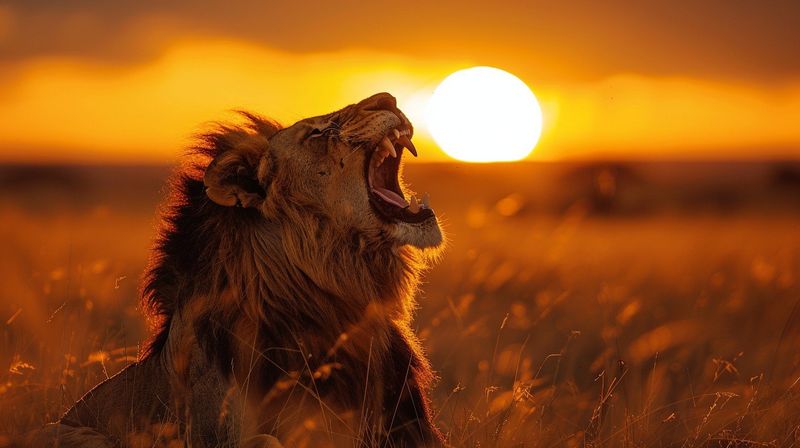
The majestic roar of a lion is often showcased as a constant feature of the African wilderness. However, in reality, lions roar primarily to communicate within their pride. These vocalizations are most common during the night and early morning hours.
In films, the lion’s roar is exaggerated to instill fear or drama. Yet, the true purpose is often social bonding and marking territory. Interestingly, a lion’s roar can be heard up to five miles away, making it one of the loudest animal sounds in the wild.
Bears Hibernate Deeply

Hollywood often portrays hibernating bears as being in a deep, unbreakable slumber. However, bear hibernation is a lighter state of torpor where they can wake easily if threatened.
During this time, bears reduce their body temperature and metabolism but remain relatively aware of their surroundings. This adaptation allows them to conserve energy while being ready to react to danger. Bears may even leave their den if conditions become unfavorable, defying the deep-sleep myth.
Sharks as Mindless Killers
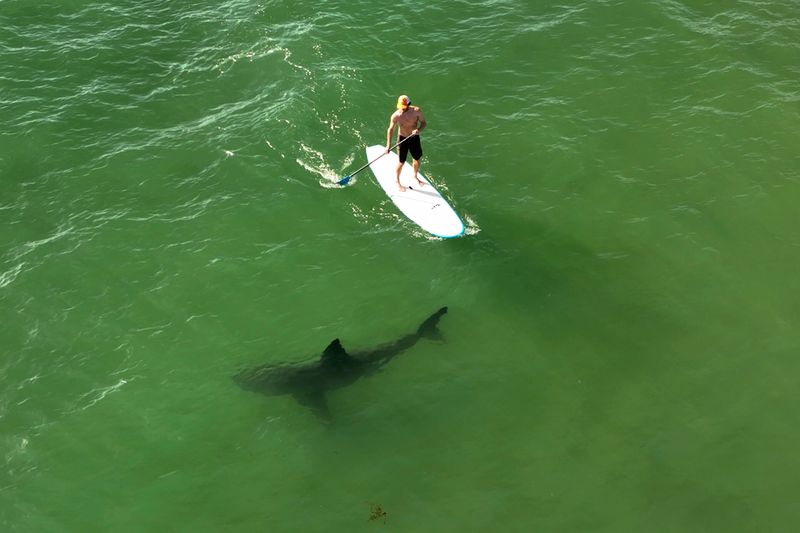
Movies like “Jaws” have cemented the image of sharks as relentless man-eaters. In reality, sharks are curious creatures, and most species of sharks pose no threat to humans.
Attacks on humans are rare and often a result of mistaken identity. Sharks play a crucial role in maintaining the balance of marine ecosystems. Their portrayal as mindless killers overlooks their importance and the complexity of their behavior.
Owls as Wise Wizards
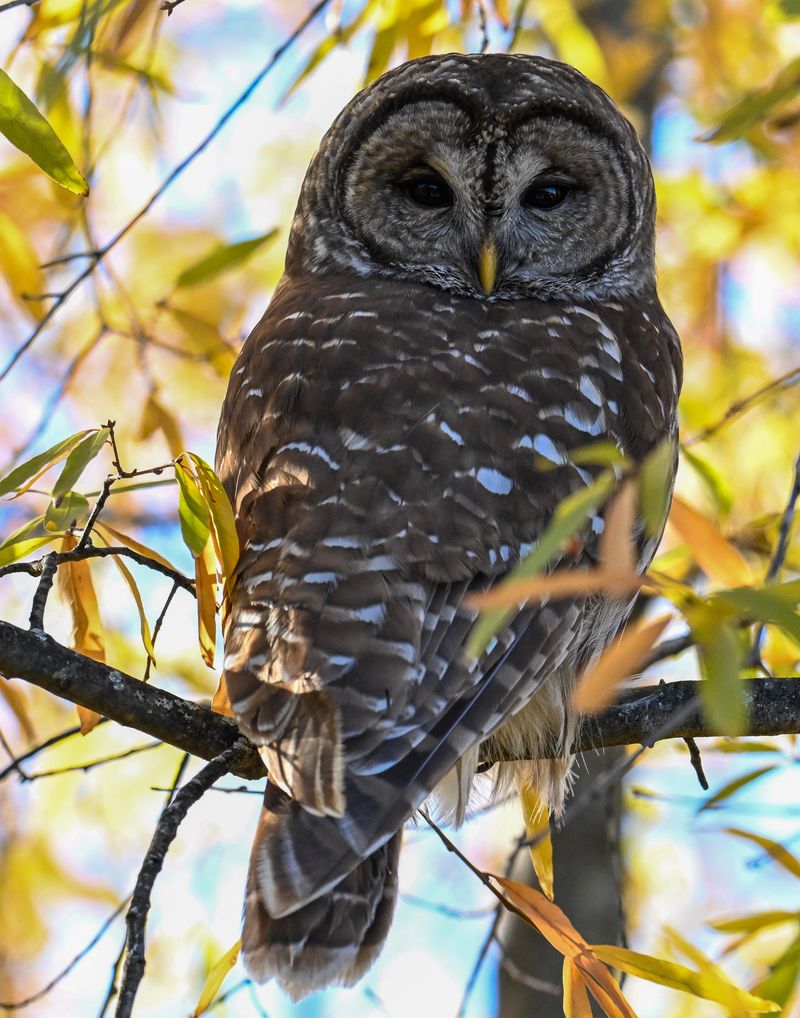
The owl, often depicted as the embodiment of wisdom in literature and film, owes its reputation to ancient mythology. Despite their wise appearance, owls don’t possess extraordinary intelligence among birds.
Their forward-facing eyes give them a look of deep thought, but these adaptations are primarily for hunting. While they are skilled predators, the notion of owls as sagacious beings is more fiction than fact.
Elephants Never Forget
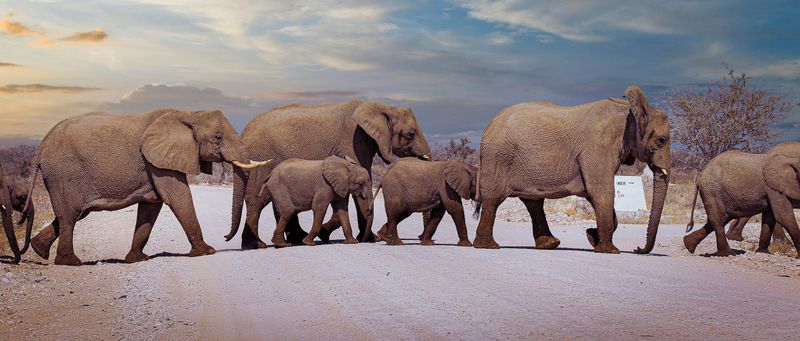
The saying “an elephant never forgets” is a staple in popular culture, suggesting that elephants have impeccable memory. While elephants do possess an impressive ability to remember, especially social bonds and migration routes, the phrase is somewhat misleading.
Their memory is not infallible but is significantly better than many other animals. Their social structure relies heavily on past experiences, supporting the myth to some extent.
Snakes Hypnotize Their Prey
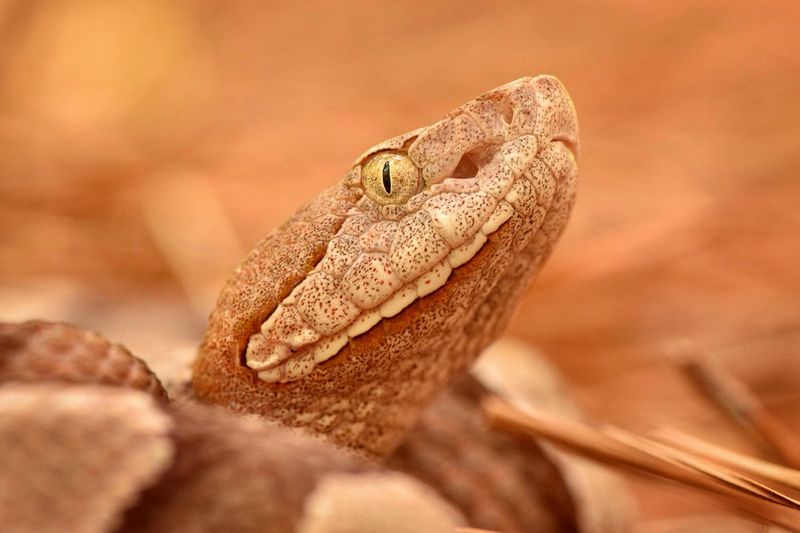
The myth of snakes hypnotizing their prey has been a persistent theme in storytelling. In reality, snakes do not possess hypnotic powers. Their gaze might appear fixed due to their inability to blink.
Prey animals freeze from fear, not hypnosis. Snakes rely on stealth and speed rather than mystical powers. The hypnotizing myth is a blend of misunderstanding and exaggeration.
Bats as Bloodthirsty Vampires
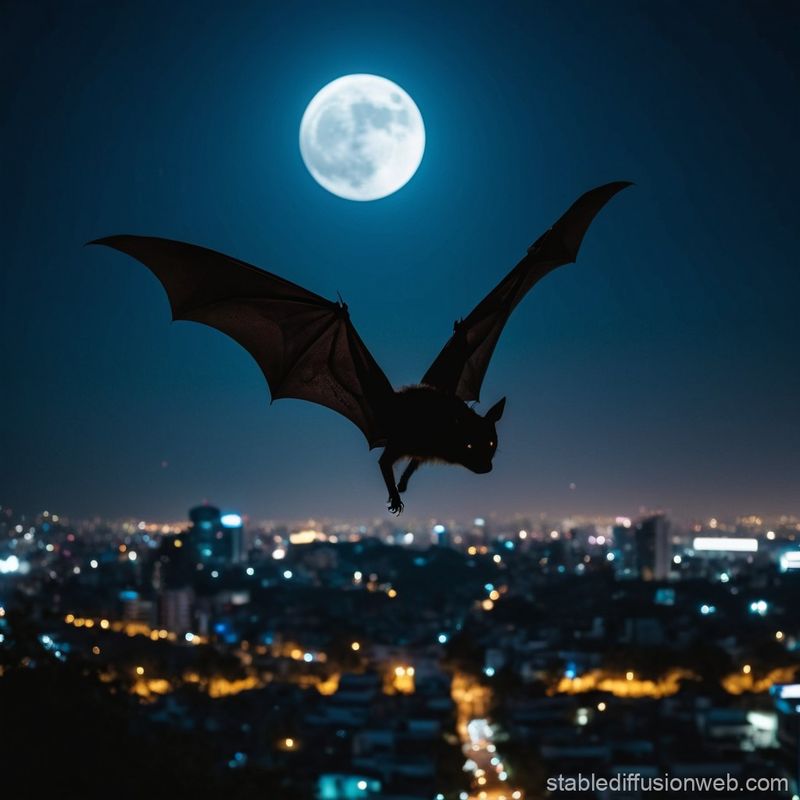
Bats often get a bad rap thanks to their association with vampires. While it’s true that some species feed on blood, the vast majority consume insects or fruit.
Their role in pollination and controlling insect populations is vital. This misunderstood creature is far from the bloodthirsty monster depicted in films. Vampire bats are a minority in the diverse bat family.
Wolves Howl at the Moon

The image of wolves howling at the moon is an iconic one, but it’s purely symbolic. Wolves howl to communicate with their pack and assert territory, not to serenade the moon.
The full moon association likely stems from nocturnal activity being more observable during bright, moonlit nights. The mysterious allure of a howling wolf silhouetted against the moon is more artistic than factual.
Crocodiles Cry While Eating
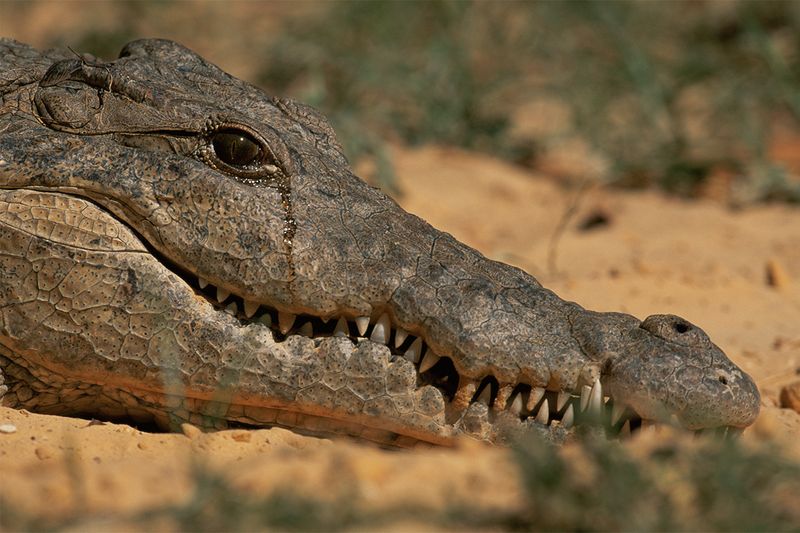
The expression “crocodile tears” comes from the myth that crocodiles cry while devouring their prey. This concept has its roots in ancient tales and is more metaphorical than biological.
Crocodiles do excrete tears, but not from emotion. The tears help lubricate their eyes, particularly when out of water. The idea of them crying from guilt is a myth that persists through dramatic storytelling.
Bullfighting Bulls Hate Red
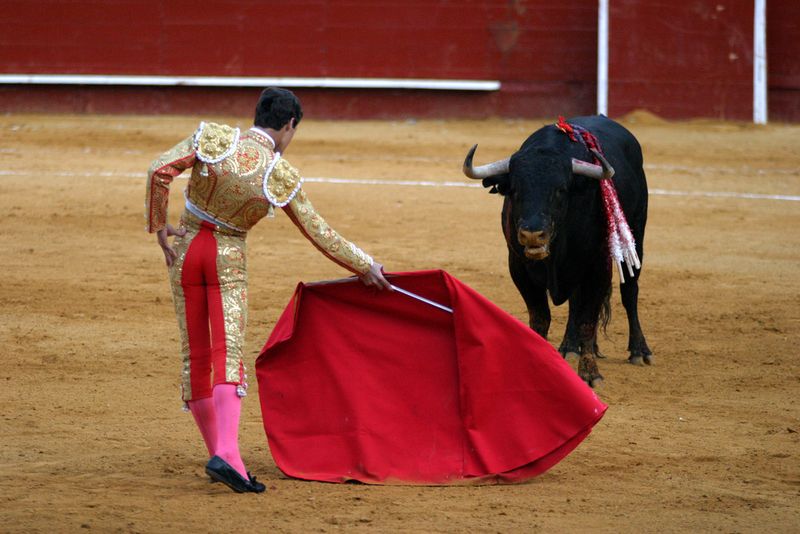
The bull’s aggression in bullfighting is often attributed to the color red, but bulls are actually colorblind to red. It’s the movement of the cape, not its color, that provokes them.
This myth has been perpetuated by the dramatic flair of bullfighting events. Bulls react to the perceived threat and movement, not hues, challenging the narrative of their dislike for red.
Crows as Harbingers of Doom

Crows have long been associated with death and misfortune, a myth stemming from their dark plumage and scavenging habits. However, crows are intelligent and social birds known for their problem-solving skills.
Their sinister reputation is largely due to cultural symbolism rather than reality. Crows play important ecological roles, often misunderstood by folklore.
Foxes Are Clever Tricksters

Foxes are often depicted as sly and cunning in tales and media. While they are indeed intelligent and adaptable, the notion of them as tricksters is more fiction than fact.
Their adaptability enables them to survive in diverse environments, a trait mistaken for cunning. The trickster reputation is a blend of their agile movements and folklore narratives.
Rabbits as Timid Creatures

The rabbit’s portrayal as a timid creature is a common theme in storytelling. However, rabbits are quite capable of defending themselves and can be aggressive if threatened.
Their large ears and alert posture are adaptations for survival, not fear. This misconception arises from their prey status rather than their true behavior.
Leeches Suck All Your Blood
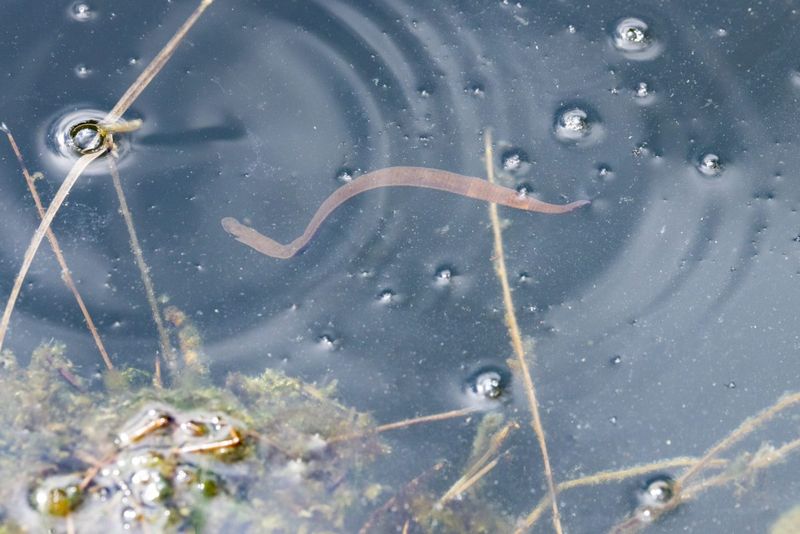
In horror films, leeches are often shown as creatures that will suck a person dry. However, leeches feed on small quantities of blood, which is not harmful to humans.
Their use in medicine highlights their benefits, particularly in improving blood circulation. The exaggerated portrayal in media overlooks their medical significance and ecological role.
Octopuses as Sea Monsters
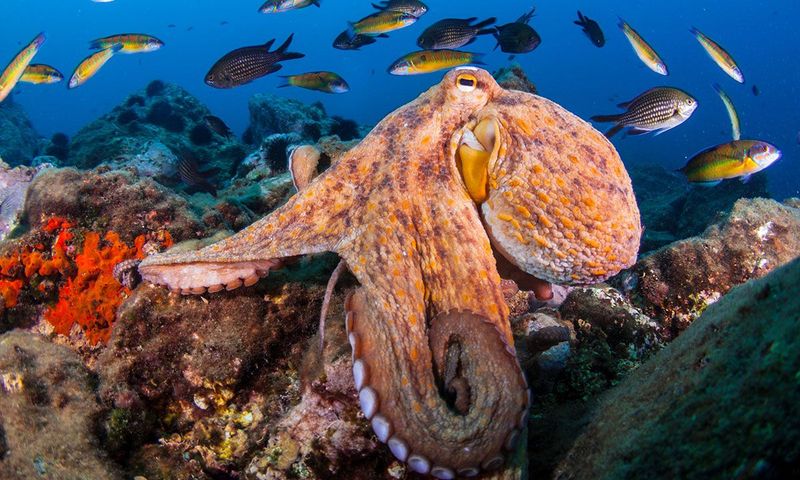
Octopuses are often cast as fearsome sea monsters in tales. In reality, they are intelligent, curious creatures with remarkable problem-solving skills.
Their ability to change color and texture makes them adept at camouflage, not monstrosity. These marine animals are more keen explorers than terrors of the deep.
Hyenas as Laughing Villains
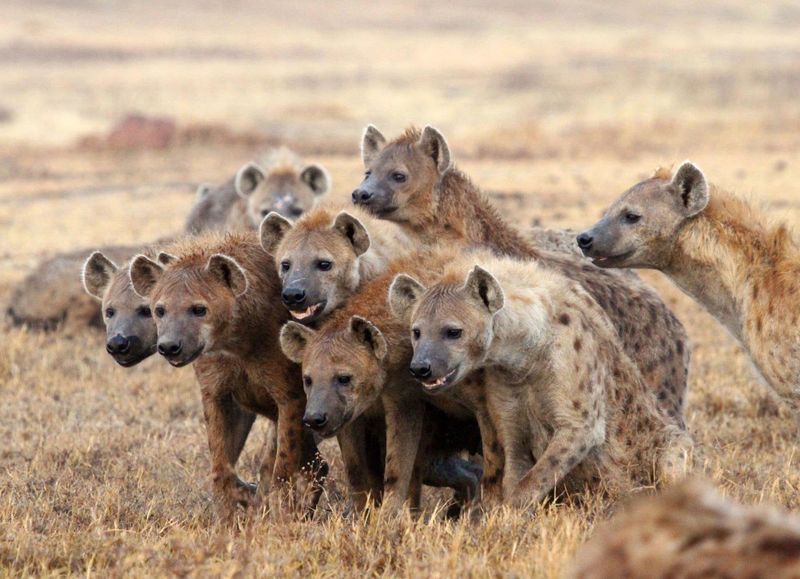
Hyenas have been portrayed as the cackling villains of the animal kingdom, but their “laughter” is simply a communicative sound. It often signals stress or excitement rather than amusement.
These complex creatures have a matriarchal society and play a vital role in their ecosystem as scavengers. Their villainous image is more about narrative bias than behavior.
Pirates’ Parrots Only Mimic
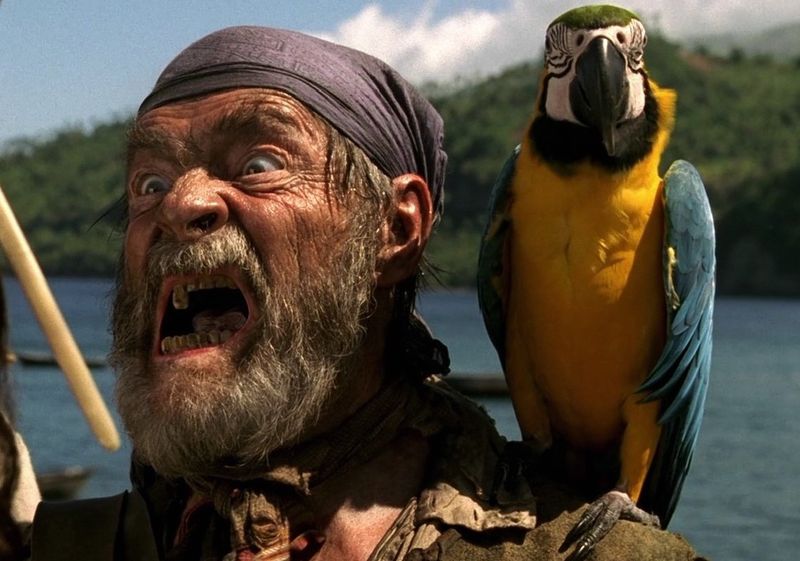
Pirates and parrots are a classic duo, but the birds are often depicted as mere mimics. Parrots are highly intelligent, capable of solving complex tasks and forming social bonds.
Their mimicry is a result of their intelligence and desire for interaction, not simplicity. This vibrant bird serves as more than just a pirate’s echo.
Camels Store Water in Humps

It’s a common belief that camels store water in their humps, but these humps actually store fat. This misconception arises from their ability to survive long periods without water.
The fat reserves provide energy, allowing camels to endure harsh environments. Their real adaptation for conserving water lies in their kidneys and nostrils.
Rhinos Charge From Anger
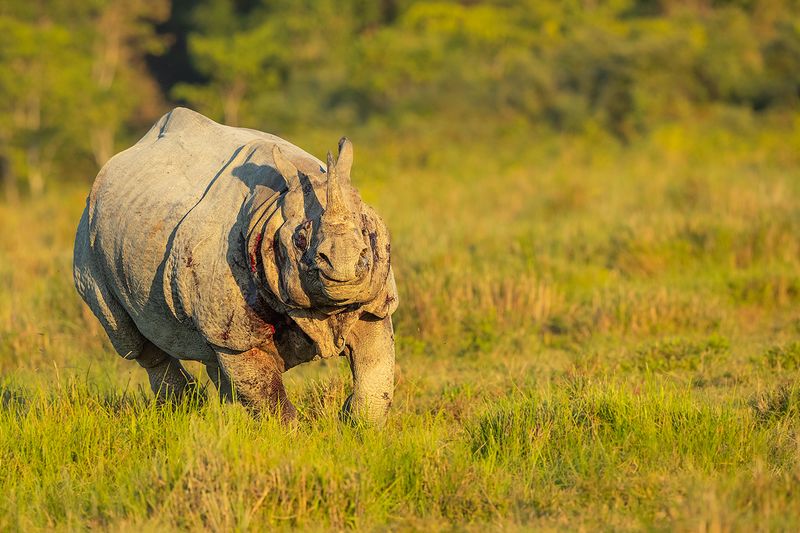
Rhinos are often shown charging out of anger, but their charges are usually defensive. Their poor eyesight can make them skittish and more likely to charge at perceived threats.
This behavior is a survival mechanism rather than aggression. Rhinos are generally solitary and prefer to avoid confrontation unless provoked.
Penguins Mate for Life
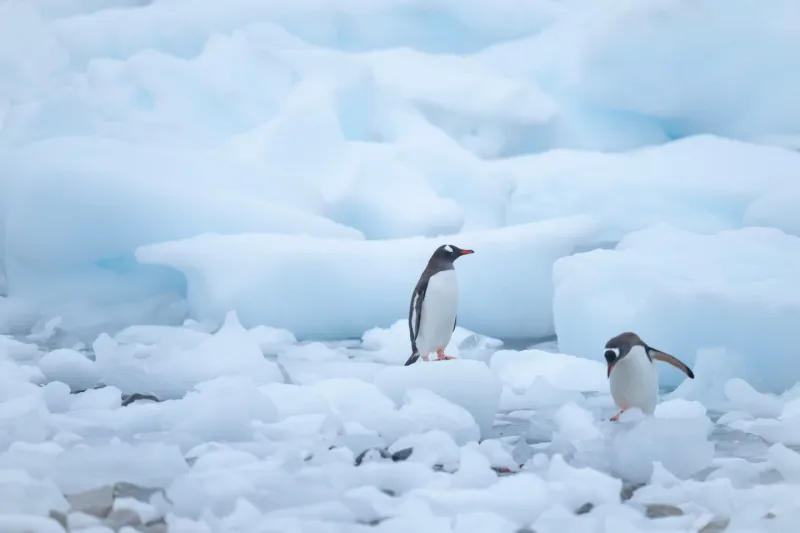
The idea of penguins mating for life is romantic but not entirely accurate. While some species do form long-term pair bonds, others may change partners.
Their mating behavior varies widely among species. The image of loyal penguin pairs is endearing but not universally true across all penguin species.

